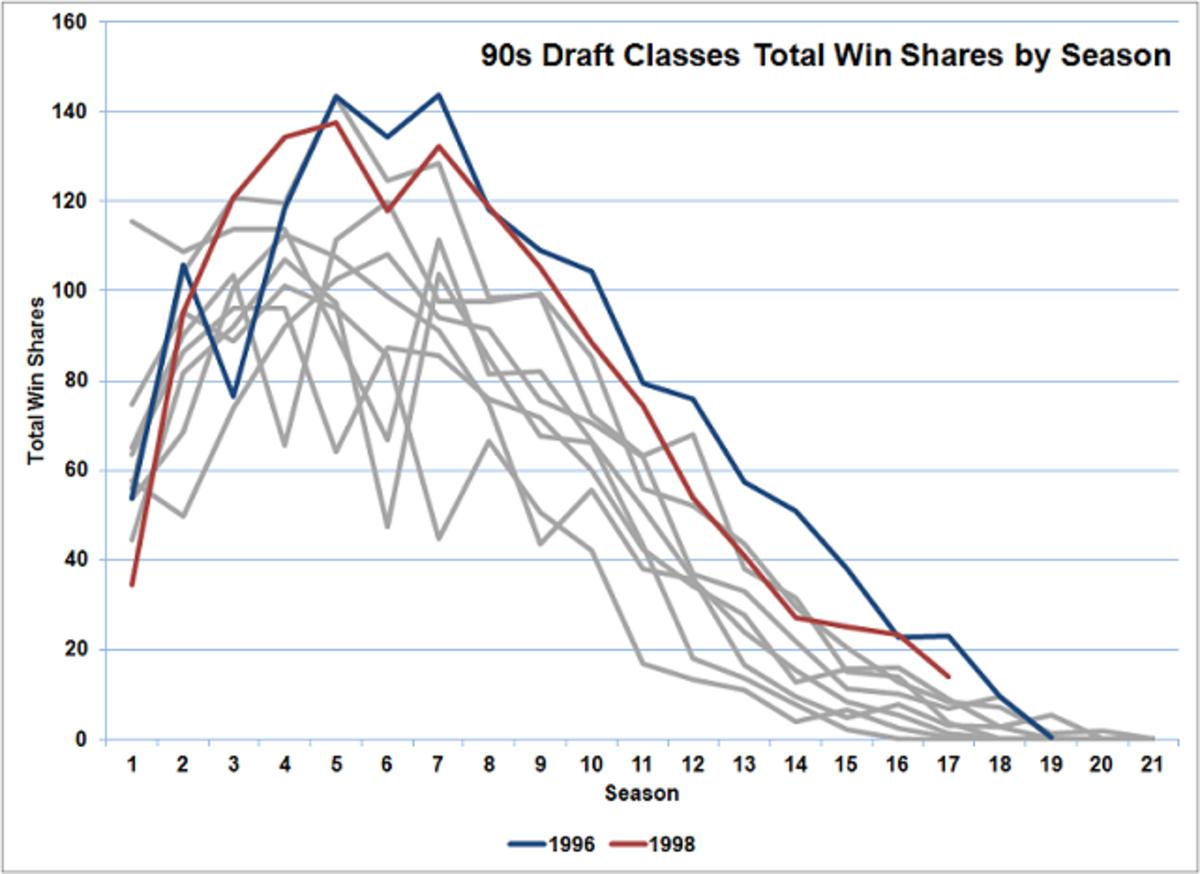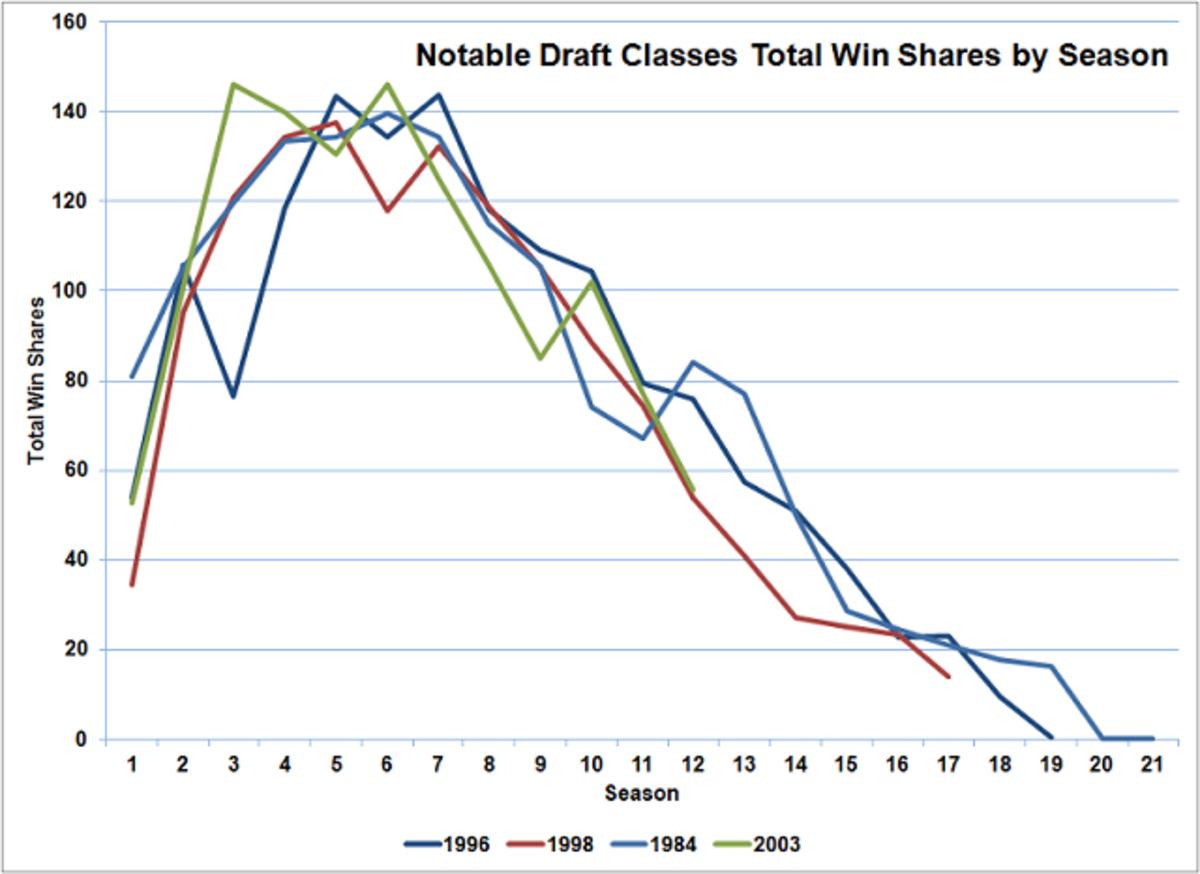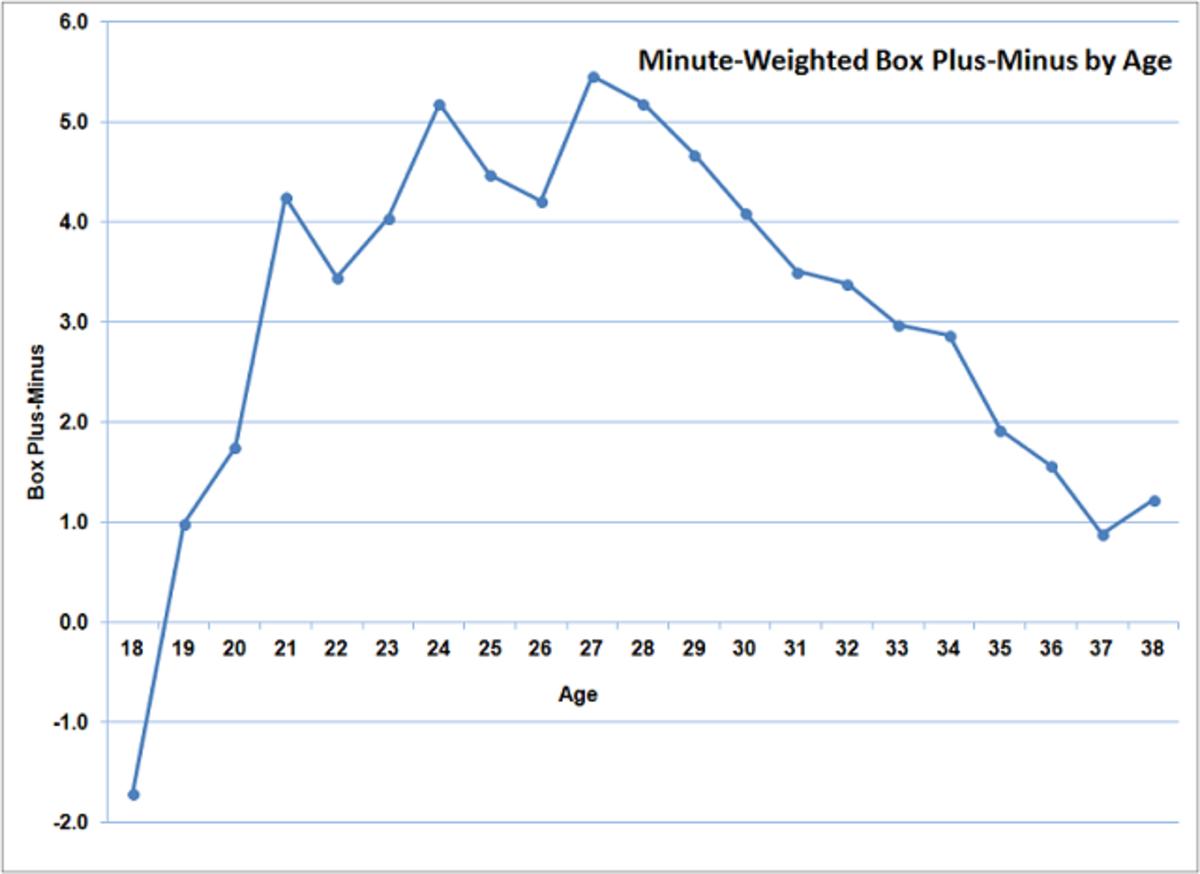For NBA draft picks from the '90s, there's no retirement for old men

They are the aged wonders, the wise and wizened sages still carrying a torch for an era that is coming to a close: Kevin Garnett, Kobe Bryant, Tim Duncan, Vince Carter, Dirk Nowitzki, Paul Pierce, Andre Miller, Jason Terry and Manu Ginobili. Together, they have played in 10,959 regular season games. And, as of this writing, they are the only players drafted in the 1990s who are under contract for the 2015-16 season.
Their respective career arcs began right around the time Michael Jordan retired from the Bulls and are, in many ways, the story of the last two decades of the NBA. Garnett, Bryant and Duncan are the last surviving members of successive draft classes from 1995–1997. Carter, Nowitzki and Pierce were drafted together in 1998. Miller, Terry and Ginobili are all from 1999. Choose your own variable — longevity, productivity, legacy, cultural impact — and this is an accomplished group.
Assuming health and prosperity, Bryant, Miller, Nowitzki and Pierce should all reach the milestone of 1,300 regular-season games played by the end of this season. Already waiting for them on that summit are Garnett and Duncan; together, those six players would all rank in the NBA’s all-time top 15 in regular-season games played. Clustering them all by draft class presents a striking picture of both longevity and productivity.
• MORE: Bryant among the 10 most important comebacks this year
The 1996 draft often is identifiedas one ofthe greatest in NBA history. Bryant is the last surviving member of that class, which also featured Allen Iverson, Ray Allen, Steve Nash and Stephon Marbury. However, as Carter, Nowitzki and Pierce have continued to extend their careers with productivity, the trio is creating an argument for their ’98 class to be considered too.
The graph below shows the total win shares for each draft class from the 1990s, by season. Win Shares is a cumulative statistic, so it is influenced both by a player’s production and by how many minutes he played.

The ’96 and ’98 classes stand out, both for their peaks and the way they stayed productive as they aged. Expanding the evaluation period, they also compare favorably to two other classes often mentioned as the best of all-time — the 1984 class with Michael Jordan, John Stockton, Hakeem Olajuwon and Charles Barkley, and the 2003 class with LeBron James, Dwyane Wade, Carmelo Anthony and Chris Bosh.

While they’re still carrying their classes’ torches, these last nine ‘90s leftovers also stand out on an individual basis as they have remained productive in the twilights of their careers.
Only 65 players in NBA history have played at least 4,000 minutes after turning 35. That group includes Garnett, Duncan, Carter, Nowitzki, Pierce and Ginobili — all of whom have been better than average since turning 35, according to basketball-reference.com’s Box Plus-Minus (a box score derived estimate of a player’s net impact per 100 possessions). Of the group, Duncan’s performance borders on the unbelievable; in his four seasons since turning 35, Duncan’s BPM has been +3.9. To put that in perspective, it’s essentially the same as Blake Griffin’s impact last season, at the age of 26.
The graph below shows the average BPM for this group, by age, weighted for minutes played in each year.

At the extremes, the statistics are skewed — Kobe has the only 18-year-old season in the sample, he and Garnett were the only 19-year-olds, and only four of these players have hit age 38 — but you can see both their collective peak and their age-related regression that has left them as solid contributors (a BPM of zero represents an average level of performance). What’s interesting is that there doesn’t appear to be anything especially shallow or slow about their declines. The shape of the curve above is fairly consistent with standard aging curves. This group was just so good, with such a lofty peak, that even an expected level of decline still leaves them in a very good place.
Can Anthony Bennett’s NBA career be saved after buyout with T-Wolves?
In the 17 seasons since Jordan retired from the Bulls, a player from within this group has been on the championship team 12 times. Six of those title-winning teams (four in San Antonio, Boston in 2008, and Dallas in 2011) featured two players from within this group. Also, basketball-reference.com gives Garnett, Bryant, Duncan, Carter, Pierce and Nowitzki a 94% chance or better of making the Hall of Fame. Ginobili has a strong case, too, when you factor in his international experience (which is not included in the model).
Each player already has a rich career behind him, and they are all still relevant today. Dirk and Kobe sit the closest to fading out of the conversation, but as much for the erosion of the rosters around them as for the deterioration of their own skills. Duncan and Ginobili have a very good chance to add win another championship this season. Terry, Carter and Pierce all play for strong contenders, and could earn rings as well. Garnett and Miller won’t be winning a title this season, but they are helping prepare the next generation of talent in Minnesota, which could go on to win championships.
The NBA is a mash-up of overlapping eras, constantly under revision. Players often enter in one epoch, peak in another, and decline in a dramatically different league than they one in which they started. This group certainly has done that, but also helped define and shape those changes. It is a thin thread still connecting the NBA to the 1990s that may not hold much longer, but, for at least one more season, these nine players will be on the floor and having their say in what is happening today.

